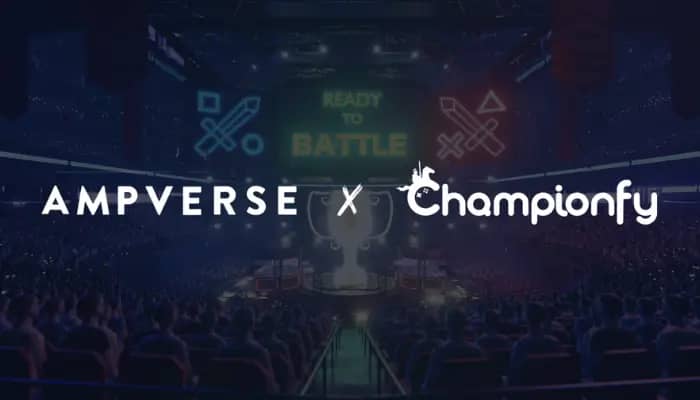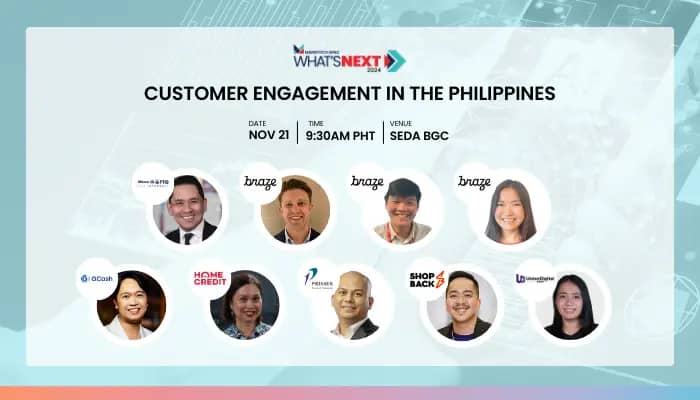Singapore – In-game mobile advertisements are leading gamers in the Asia Pacific (APAC) area to stop gaming, according to a new research by Omnicom Media Group (OMG) APAC. The poll included 12,204 people who were asked to rate their attitudes toward advertisements while playing mobile games.
Most of the participants report that commercials often cause them to stop playing games. Respondent preferences include wanting in-game advertisements to rotate within a gaming environment or to be seasonal. Some claim that these advertisements don’t inspire people to make in-person purchases, while others say they remember a brand for future transactions.
It is worth noting that engaging in-game encounters are crucial for drawing in players, and by bringing these encounters outside of the virtual world, businesses can make a bigger impression. When playing games, APAC players indicate a desire for material rewards from the real world, especially when it comes to mobile game advertisements.
Moreover, brands can create their own games, host gaming events, and offer in-game and real-world incentives linked to in-game successes as ways to entice and please mobile gamers. Aware of the potentially large expenses associated with developing original content, companies may decide to take advantage of the released titles like Fortnite and look into ways to create new worlds or distinctive experiences within those well-known gaming environments.
Furthermore, value is a major motivator for over half (47%) of APAC gamers, who want to get the most out of their gaming experiences at the lowest possible cost. This group is more likely to make in-game purchases or microtransactions during sales events (47%) or when they need power-ups (37%). Furthermore, a sizable portion confines their purchasing to limited-edition releases (30%) or sees such purchases as gifts for particular occasions (32%).
Speaking about the research, Nina Fedorczuk, OMG APAC’s chief enablement officer, said, “The gaming universe is an incredibly exciting one and there are numerous opportunities for brands and marketers. We need to understand the different nuances within the gaming ecosystem, including the types of moments gamers experience. For example, they can connect with friends via gaming over the weekends and be fully immersed in the experience but also play a quick puzzle game during a weekday commute.”
She added, “It is no longer enough to treat gamers as a niche audience because almost everyone is a gamer. Brands need to find the sweet spots for this audience, and think hard about how they can add value to the gaming experience, instead of blatantly interrupting it.”



















